Research is process. Time spent in books, gathering primary and secondary source materials, asking the right people the right questions means our visual language for each project is built upon an authentic foundation. It’s then with the correct tools and colour palettes we start the design journey with our clients.
We thought our blog would be a good place to share some of these findings with you. So let’s start here with a quick rundown of three Japanese designers we discovered while working alongside the team at House of Fu.
Born in Japan in 1930, Ikko Tanaka was a graphic designer and founding member of the famed Nippon Design Centre. He established his first design studio, the Ikko Tanaka Design Studio, in Tokyo, 1963 and is also credited with the creation of the lifestyle company Muji
Ikko is famous for his designs for the Niho Buyo performance by the APAI during the 1960s. These designs are described as fusing modernist principles with the aesthetics associated with traditional Japanese imagery. His use of simple shapes, paired with bold colours, were a huge influence for us during the research phase for House of Fu. Despite these deigns being created over 50 years ago, their contemporary look doesn’t look out of place today.
We first discovered Ikko through a book published by Ginza Graphic Gallery in Toyko, purchased from Counter Print.
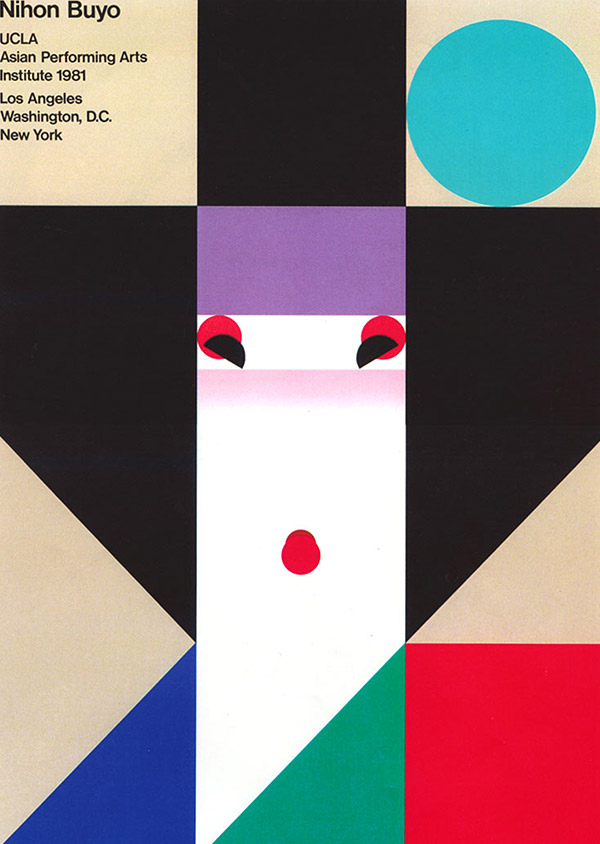
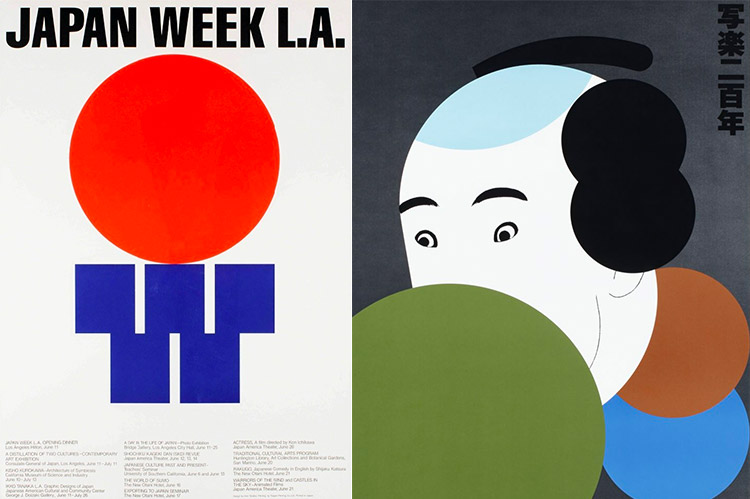
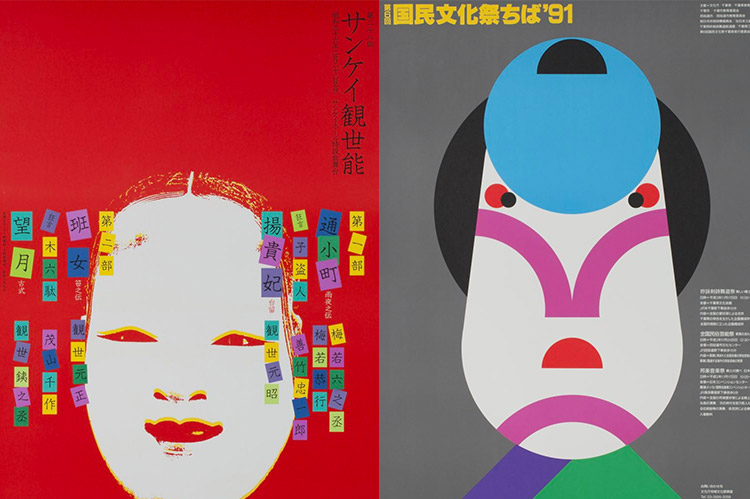
Kiyoshi Awazu played a huge role in Japanese graphic design culture following World War II. Kiyoshi used traditional Japanese painting techniques create an underlying river of Japanese culture through his psychedelic designs.
Kiyoshi Awazu’s work is very complex. His use of Japanese motifs and symbols require further research for those not familiar with Japanese culture yet his designs instantly approachable, weaving the psychedelic with the historic.
Following the Second World War, Awazu’s dedication to the experimental saw him work in a myriad of mediums and formats. He explored painting, poster and book design, architecture, music, film, performance, and theatre. “In all expressive fields,” Awazu resolves to “remove not only the boundaries among forms of expression; I will also remove class, category, disparity, and the upward and downward that have appeared in art.”
Photos from visualmelt.com (who have a great article that goes into more detail.)
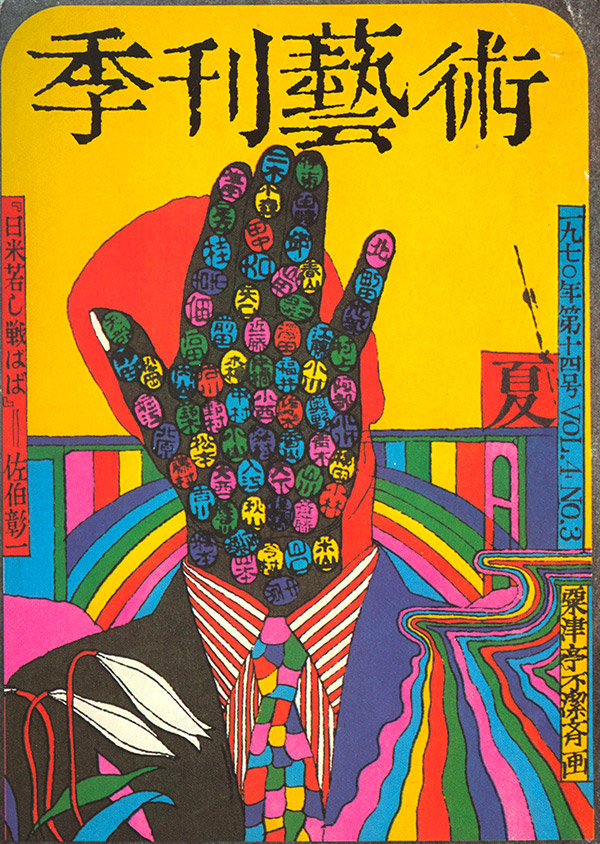
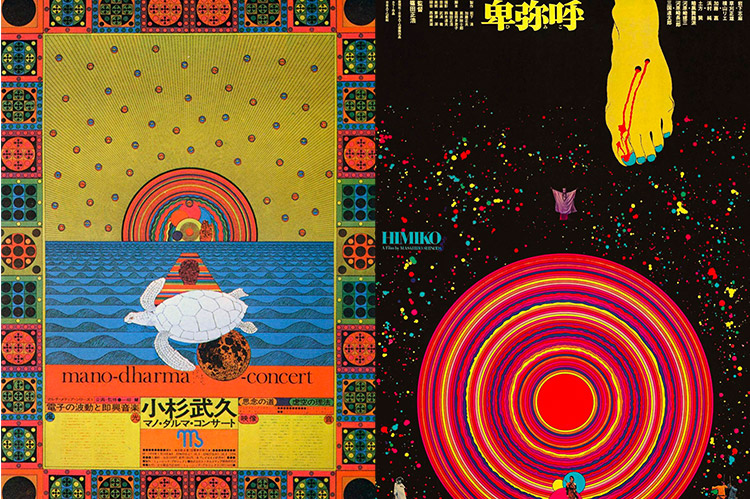
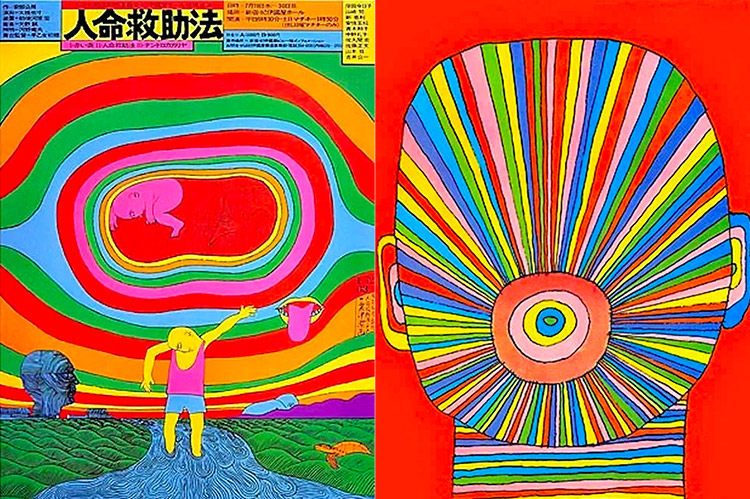
Tandoanori is one of Japans most famous artists. As a young designer he was witness to memorable performances by Robert Rauschenberg, Yoko Ono and Nam June Paik, among some of Japan’s most expressive artists.
Yokoo’s early screen-prints combined photographs with the influence of traditional Japanese ukiyo-e (woodblock prints) and pop art’s flat colours and overtly sexual content. Yokoo’s posters are highly sort after by collectors and have been known to go missing from archives and collections–so if you ever come across one, give us a heads up!
For example the image of the eye/mouth below (Word Image, by Yokoo Tadanori, 1968) is currently selling for £4,551.95 but others have been known sell under the hammer for £15,000 and above.
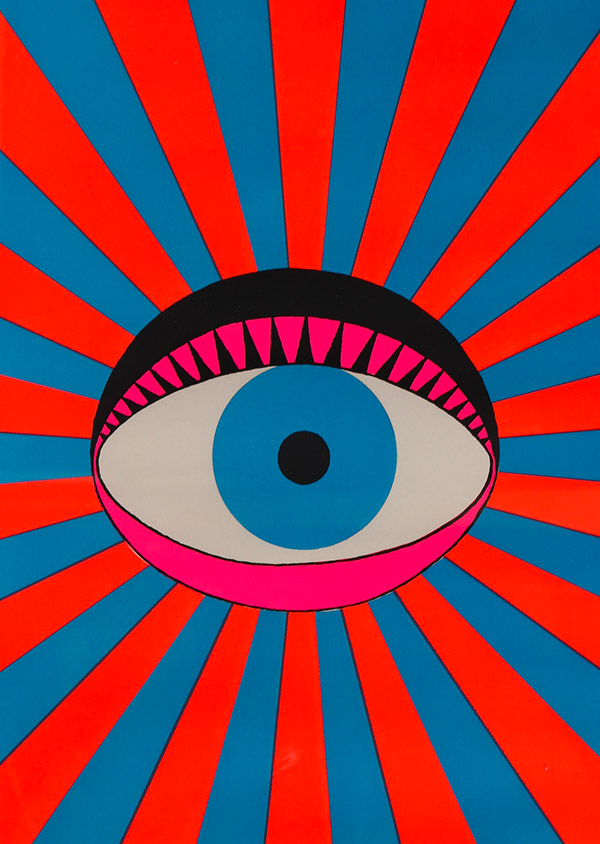
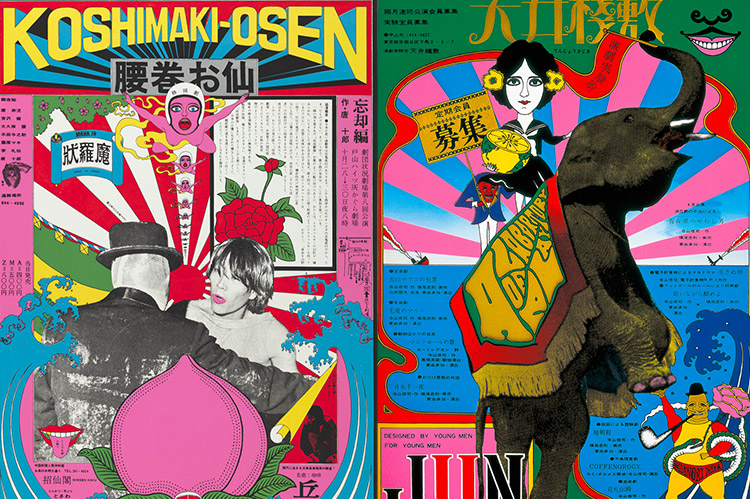
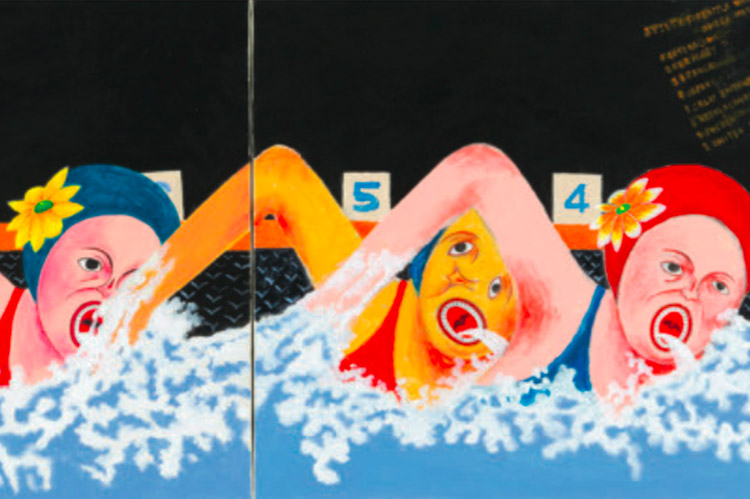
Discovering these cultural icons in Japan’s graphic design history provided us with an aesthetic depth that aided in our confidence to design for House of Fu’s first restaurant, and appeal to an audience wider than British street-food fans.
Amazing food is priority when opening a restaurant, but the customer’s experience is as important to us as designers. To add an extra dimension to their evening meal, another visual flash rooted in authenticity as they tuck in, is a huge part of our duty to the client.
Look out for updates on our Instagram and see how this research has helped informed other design decisions for the House of Fu project.